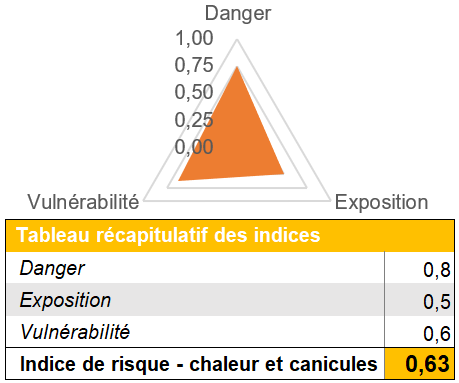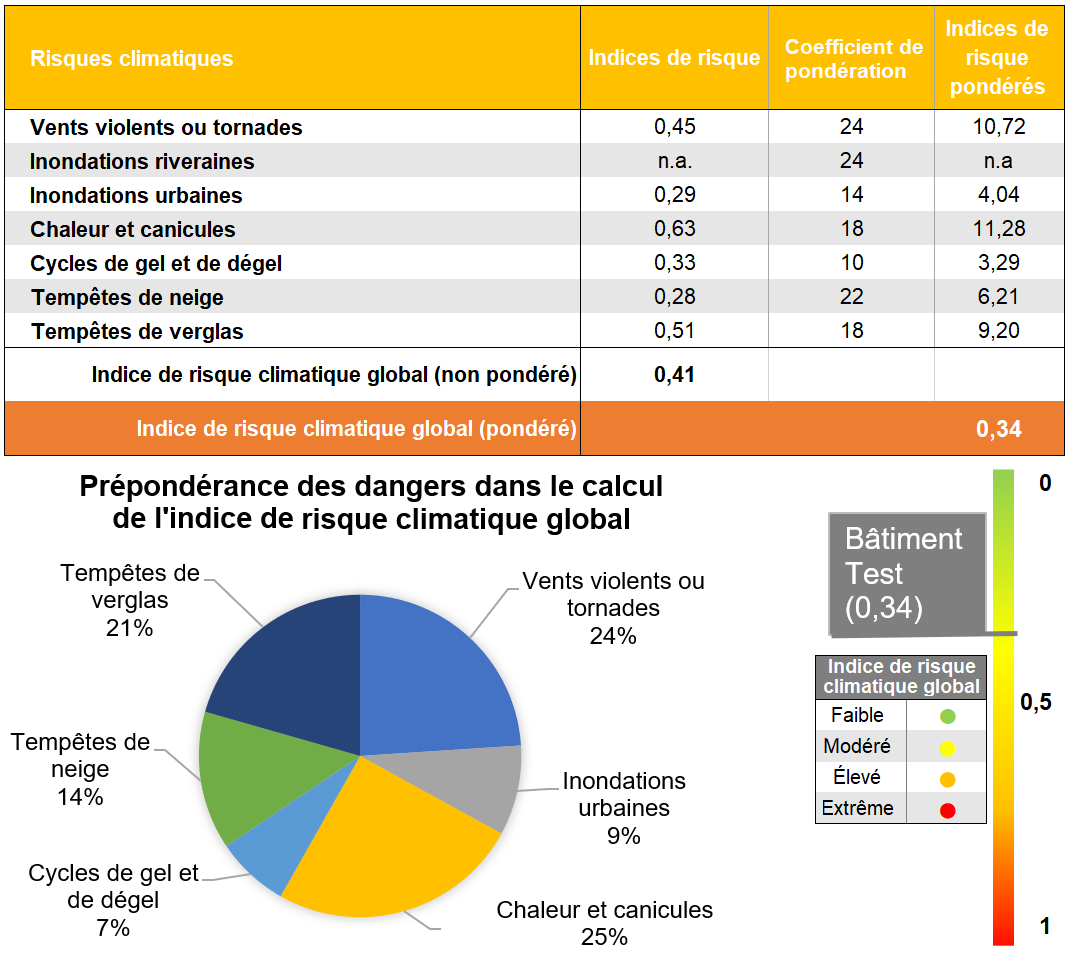Methodology for assessing the institutional building stock of the SQI to determine its vulnerabilities to climate change
The SQI will adopt an action plan to correct the vulnerabilities identified by the project and to adapt its building stock. This plan will contain specific projects as well as changes to asset maintenance and preventive maintenance programs.
Project details
Principal(s) investigator(s)

Context
The Société québécoise des infrastructures (SQI) owns a vast building stock of some 350 institutional buildings with a variety of purposes, and is responsible for their operations and sustainability. Although it does not own the health network’s building stock, the SQI acts as project manager for its major construction projects. Climate change therefore has – and will have – an impact on its design, operation, upkeep and asset maintenance activities.
As a government centre for real estate expertise, the SQI aims to better understand the impact of climate change on its building stock in order to better prepare and adapt it and, ultimately, to ensure the health and safety of its occupants.
Objective(s)
To develop a reproducible methodology for assessing the vulnerability of the SQI’s buildings and their occupants in order to understand the climate risks facing each building. This methodology will also be of practical benefit to other organizations that wish use it.
Methodology
-
Develop or adapt a reproducible methodology for assessing the vulnerability of the building stock and its occupants;
-
Prioritize building to be assessed according to their mission;
-
Apply this methodology to priority buildings in order to validate the developed methodology;
-
Provide a toolbox for other owners to enable them to reproduce the process;
-
Develop a dissemination strategy for the process and the tools produced.
Results
The climate risk assessment method has been tailored to the needs of the property managers of multiple buildings, which are often subject to varying conditions. It evaluates the climate risks to which each building will be exposed within a reasonable period of time. It can also be modified to better respond to the specificities of a given sector.
The climate risk assessment method was designed so as to encourage its use by other property managers. It is based on spreadsheet software that is found in most organizations. The organizations can adapt it according to the specificities of their real estate portfolio and the data available to them. The method will be sent to those who have indicated an interest as soon as it has been tested on ten SQI buildings and the final adjustments have been made.
The method produces two types of results. The first is a hazard-by-hazard risk index which highlights the three components of a risk: the hazard, the exposure and the vulnerability (Figure 1). This index can be measured at regular intervals to monitor the effectiveness of the adaptation measures implemented.

Figure 1: Calculation of the index by climate risk.
The second type of result is an overall climate risk index which represents the level of risk for all the hazards to which the building is exposed (Figure 2).

Figure 2: Overall climate risk index.
It results from the aggregation of the individually calculated hazard indices, to which weighting coefficients have been applied depending on the severity of the impacts on the building and its occupants. The overall climate risk index is meant to be used in conjunction with the government condition index (Secrétariat du Conseil du trésor, 2018) so that adaptation to climate change is considered in the selection of asset maintenance projects.
This method will be highly beneficial to asset maintenance projects and will allow the building stock to be gradually adapted to climate change. Ultimately, the method developed by the SQI will be shared with other property managers (public or private) who are able to adopt a similar approach, thereby helping to strengthen the resilience of a very large number of Quebec buildings to climate change.
Benefits for adaptation
Benefits for adaptation
The SQI will adopt an action plan to correct the identified vulnerabilities and adapt its buildings. This plan will contain specific projects as well as modifications to the asset maintenance and preventive maintenance programs for the buildings.
In addition to allowing the SQI to undertake this important adaptation process, this project will enable other institutional and commercial owners to take the impact of climate change into account in various operations related to the life cycles of buildings.
The method is available from the Société québécoise des infrastructures to any party expressing an interest.
Scientific publications
Other participants
-
Institut national de santé publique du Québec